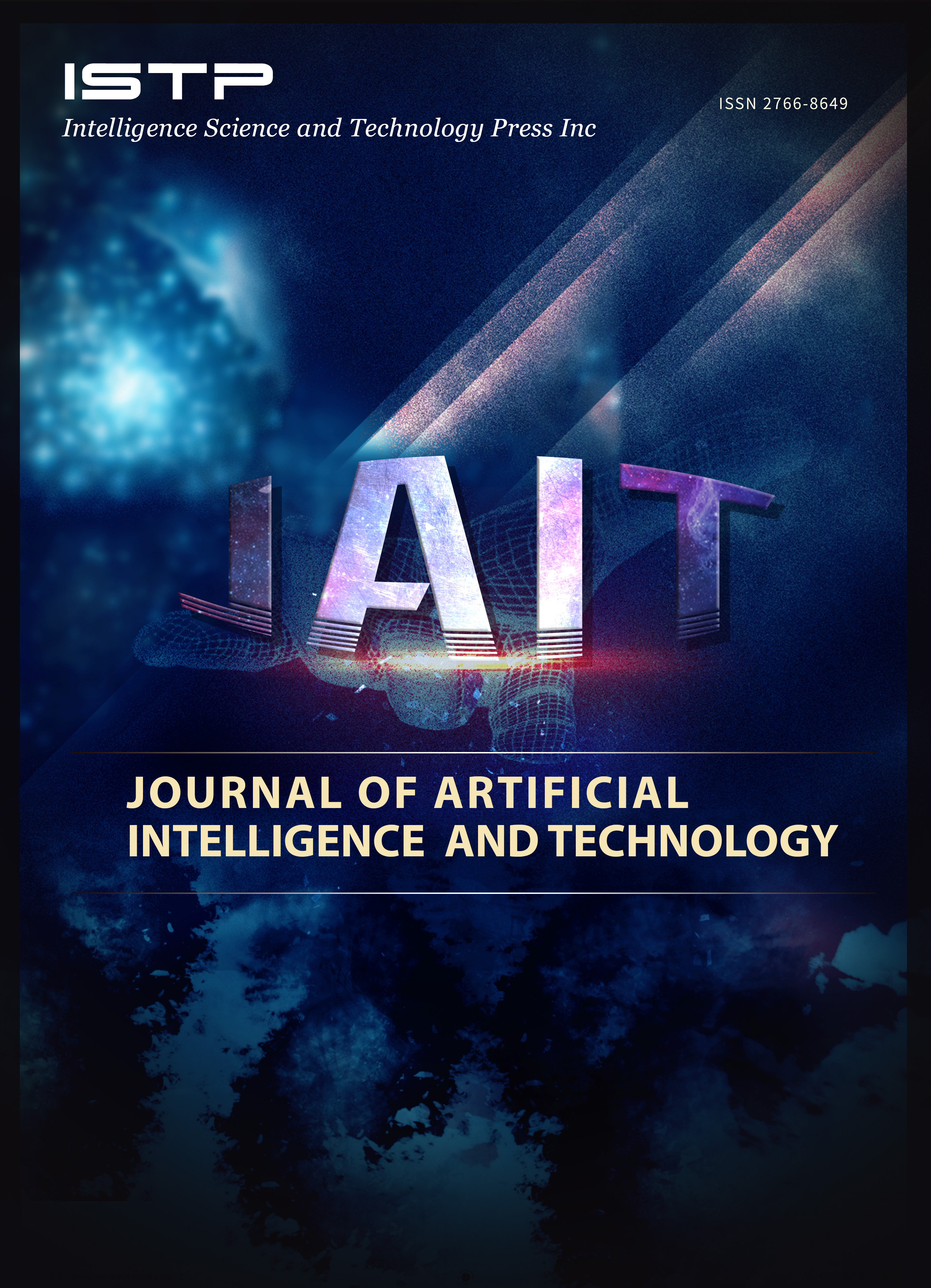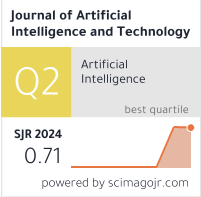mU-Net-SAM-ENet: Efficient and Interactive Assistance in Lung Nodule Segmentation
DOI:
https://doi.org/10.37965/jait.2025.0528Keywords:
Bayesian threshold-based Taylor series, deep learning, lung segmentation, modified U-Net, SimAM-EfficientNet, U-Net, WHOAAbstract
In order to enhance patient recovery, early diagnosis of lung nodules is crucial. Lung cancer continues to be a major worldwide health problem. For lung nodule segmentation, a mU-Net-SAM-ENet is suggested in this work. This work uses a Bayesian threshold-based Taylor series technique for image preprocessing. This method significantly improves contrast and minimizes noise in lung scans, which raises the caliber of the input data. Next, a modified U-Net (mU-Net) architecture, specifically designed for medical picture segmentation, is used in this research. This neural network accurately delineates nodule borders by rapidly capturing complex nodular boundaries. Classification is a crucial stage in the investigation of lung nodules after segmentation. SimAM-EfficientNet, an attention-based deep neural network renowned for its effectiveness and precision in image classification tasks, is used in this method. This research uses the Wildebeest Herd Optimization Algorithm for hyperparameter adjustment to enhance the model’s functionality. The experimental study’s findings demonstrate that the suggested model, employing the LIDR-IDRI datasets from the Image Database Resource Initiative and the Lung Image Database Consortium, attained accuracy values in both segmentation and classification of 99.76% and 98.2%, respectively.
Published
How to Cite
Issue
Section
License
Copyright (c) 2025 Authors

This work is licensed under a Creative Commons Attribution 4.0 International License.





